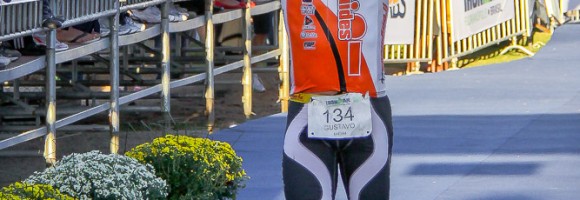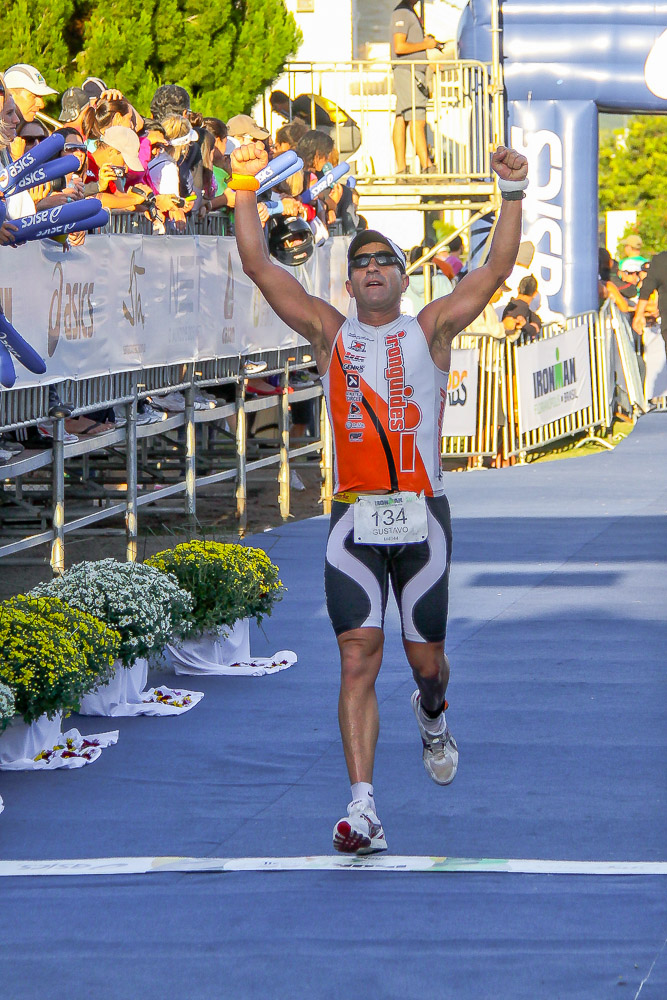By Alun Woodward
We are hitting mid season now and in the northern hemisphere that means a flutter of ironman events and for most of you this is the key race of the year you will have been training for.
For a lot of you these races will be Kona qualifiers and for others it may also be one of 2 ironman events during the year. We see a lot of information on how to prepare for ironman but very little on the recovery process following ironman and how to get back to training and racing.
You just have to look around at athletes immediately after the race and in the days following to see the damage the event does to our bodies, for most it takes 3-4 days before they can walk normally again and get back to regular activities.
Our bodies are amazing at achieving extreme feats like ironman and other endurance events as the body functions on a work now pay later system. We see this in play all the time when we do an activity that is out of the ordinary for our bodies – in the 24-36 hours following the activity we get delayed onset muscle soreness, for example if you do no strength work and then start with a set of push ups you can expect to be very sore for a couple of days, if you do this regularly then you will not get the same level of soreness.
Ironman is an extreme sport and the damage goes way beyond delayed onset muscle soreness, the event places a great stress on our bodies and vital organs and is not something we recover from in 2-3 days, the general soreness and inability to walk may pass within this timeframe but the more internal damage is still just peaking at this time.
One of the symptoms a lot of athletes suffer from is swollen fingers, hands and feet. This can be alarming at first as it can also come on during the race and the swelling can be significant. If your lucky enough to escape it during the race then you will most likely experience in the hours and days following.
The temptation after the race can be to take some anti-inflammatory medication but this not the way to go as your just masking the problem and preventing the bodies natural recovery response.
Inflammation of any sort is part of our bodies recovery process and following ironman we have to allow this process to complete its course. This inflammation and recovery process takes around 10 days to complete its course and we need to make sure that any training we do does not negatively effect this recovery process.
Feeding our bodies to ensure optimal recovery is also very important at this point. For so many athletes the whole process of getting ready to race involves healthy eating and meticulous diet and the temptation following a race is to just eat anything and everything we have denied our bodies for so long. Bad nutrition causes a lot of inflammation within our bodies and at this time when your body is recovering its not the time to be adding more stress into the body. For sure its ok to have some treats in the day or 2 following your event but make sure you get back on track with your diet at this time to optimise your recovery.
So looking at a time frame of recovery and what training we can do,
DAYS 1-4
This is the time of peak soreness and inflammation, i would recommend at least 2-3 days rest within this period and any activity you do should be very low intensity and short in duration. An example of this might be biking between 40 and 60minutes. Swimming is also fine at this time but no running as any running will delay your recovery process at this point.
DAYS 4-6
At this point soreness is starting to fade but you will still be feeling very tired and lethargic, while motivation is there to train you will find you become tired very quickly following any training. You can start daily training at this point but still no running and the duration of any training should be maximum 60minutes.
DAYS 7-10
At this point in your recovery you will find your very sleepy and any efforts in training or general activity such as walking upstairs cause your legs to burn and you become easily breathless. This is a clear sign from your body to keep everything very easy with intensity as deep recovery is in its final steps, don’t fight against your body at this time. So many athletes interpret these feelings as a sign of losing fitness and start to add in some intensity at this point, doing this is just preventing you getting the fitness gains from the race and will leave you feeling tired and flat for weeks.
At this time you can think about adding in a first run and even taking your sessions up to the 90min range just making sure everything is very easy – your not training for fitness here your just keeping your body moving and more for mental stimulation than anything else.
DAYS 10-14
At this point the recovery process should be coming to an end and you will start to feel normal again. We are all different so we still have to listen to our bodies, i will ask my athletes to let me know how they are feeling 1-2 hours after training as this tells a lot more about recovery than how we feel when training at this point. If you feel normal 1-2 hours after training then you are good to get back to regular training again, if you are feeling very sleepy and lethargic its a sign your body and immune system is still in a recovery process and you need to maintain easy training for a few more days.
The next question is when can we race again? Again this is very individual but if you follow the recovery process outlined above you will get a free race around 3 weeks post ironman as your fitness will actually be peaking at this point as you get all your gains from the race!
The key takeaway point here is to take a step back after racing and listen to your body to ensure you fully recover from your race, if you do this you will not loose fitness but actually take a giant leap forward and not only will you be ready to train physically you will be mentally refreshed and motivation will be high to get back to work and race again!
Enjoy your training
–
Train with ironguides!
Personalized Online Coaching: Starting at USD190/month
Monthly Training plans (for all levels, or focused on one discipline): Only USD39/months
Event based training plans:
Sprint Distance (USD45 for 8-week plan)
Olympic Distance (USD65 for 12 week plan)
Half Ironman (R$95 for 16-week plan)
Ironman (USD145 for 20-week plan)
X-Terra (USD65 for 12-week plan)
Running Plans (10k, 21k and 42k – starting at USD40)












 Alun ‘Woody’ Woodward, Certified ironguides Coach – UK/Hungary
Alun ‘Woody’ Woodward, Certified ironguides Coach – UK/Hungary


Recent Comments